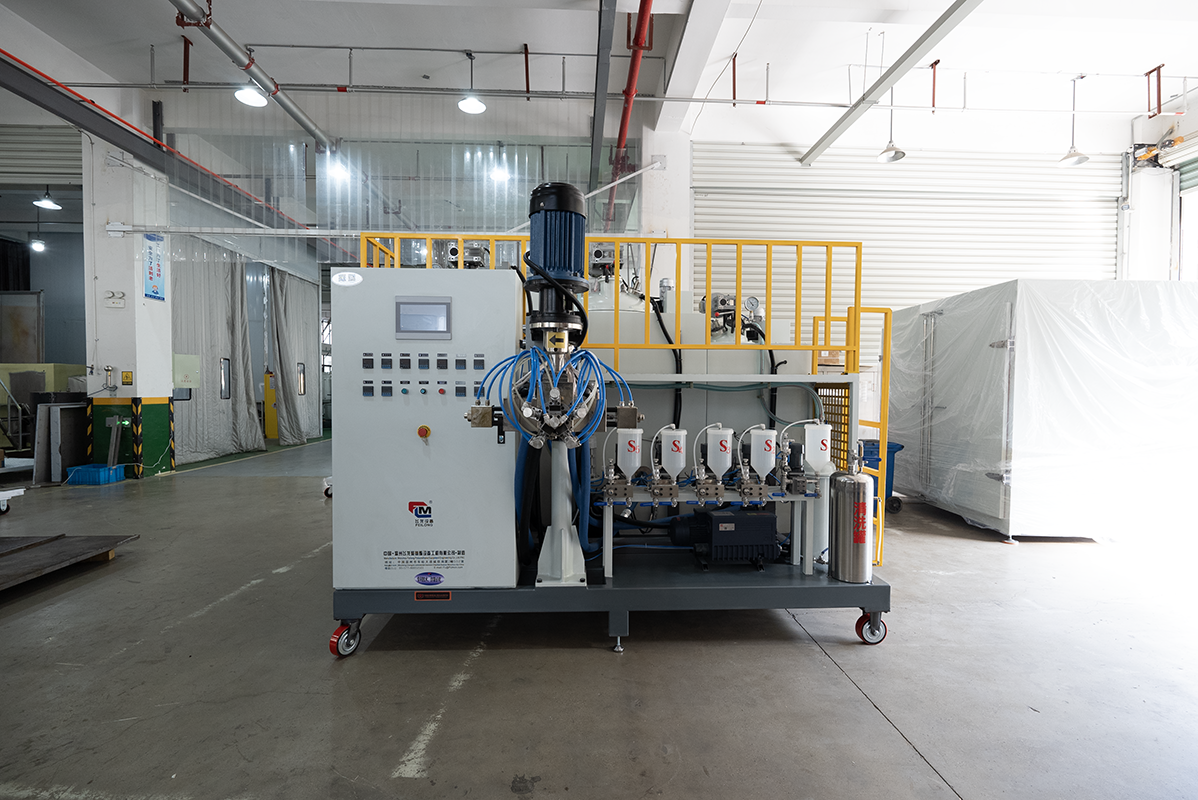
RIM coating provides necessary protection for the interior, exterior and sensors of automobiles against moisture, sunlight, chemicals and wear, otherwise it will cause damage.
From high-end protection luxury cars to becoming the industry standard
Reaction injection molding (RIM) coatings were originally used as a transparent layer to protect the wood veneer of luxury cars, when wood was still widely used in the automotive industry. Since then, due to the improvement of safety and impact standards, wood has largely been phased out of car production and replaced by thermoplastic materials. However, RIM coatings still exist, and over time, their application has become increasingly important. Covering both the interior and exterior decorative parts, it brings a delightful aesthetic to our car, a smooth appearance, and a series of protective benefits.
The advantages of RIM coating
In addition to its aesthetic appeal, RIM coating also offers many other benefits: protection against moisture, sunlight, chemicals - otherwise the material would degrade - and wear and tear associated with daily use.
Generally, two-component polyurethane (PU) is used for RIM coating, and colors are added as needed. This material has a unique and often overlooked feature, that is, it is "self-healing". This means that if the surface is scratched, the material can self-repair, provided that the underlying thermoplastic is not damaged either. When a scratch occurs, the damage leads to the release of microcapsules. These microcapsules, exposed to an environment containing a catalyst, undergo reactions and polymerization, thereby resealing the gap. Although this reaction does not occur instantaneously, it can restore the surface to its original flawless state.
With the advancement of automotive technology, more and more sensors are installed on external components to help drivers stay alert to their surroundings, making RIM coatings even more important. For instance, self-driving cars rely heavily on various types of sensors - radio-based (radar), vision-based (cameras), light and laser-based (lidar), etc. - to construct environmental images and respond accordingly. To remain effective, these sensors need to be protected from a variety of external factors, ranging from cobblestones on the road to unpredictable bouncing hailstones. RIM coating is a great choice.
The combination of this aesthetic and protective benefit indicates that RIM coating is an effective and universal solution suitable for the automotive market. Although it was a luxury at the beginning, the company has been constantly conducting research and seeking chemicals with higher performance to gain a competitive edge.
Our RIM coating solution
Over the past 15 years, we have been closely following the development of RIM's coating process and its related chemical systems. Whether transparent or colored, our RIM coating equipment series offers customers unparalleled solutions for handling reactive polymers, featuring the versatility necessary to adapt to the constantly changing and highly competitive automotive market. The standard equipment combination includes a metering unit, a mixing head, and if color is involved, a color push system. Like all of our products, each one is customized to match the exact needs and selection process of our customers.
Designed for processing resins that require high temperatures (60-100°C), it is particularly suitable for RIM coating and HP-RTM applications, as well as for manufacturing polyurethane elastomers and products made of epoxy resins under high pressure. It processes chemicals with extremely high precision and is equipped with an efficient degassing system, which includes a vacuum pump.
The newly improved hybrid head we released in 2020 is the result of our extensive experience in designing and manufacturing equipment for specific applications and processes, as well as feedback and contributions from industry stakeholders (customers, raw material suppliers, mold manufacturers, and injection molding machinery manufacturers) to meet their needs. The mixing head now features a smaller and more compact design - ideally, combined with polyurethane RIM thermoplastic injection molding. It is fixed to the mold more quickly and the mixing pressure is adjustable without removing the head from the mold. A reasonable hose distribution ensures that operators can easily access the injector for quick, effective and barrier-free color changes.
The color quantification system enables precise color to be directly injected into the mixing head, ensuring smooth, uniform and aesthetically pleasing color parts even at high temperatures. Before mixing, the polyols maintain a neutral color in the foaming tank.
The design and performance of PU machines from Wenzhou Feilong Polyurethane Equipment Engineering Co., Ltd. meet the specific needs of industry participants and are suitable for any injection molding machine on the market.